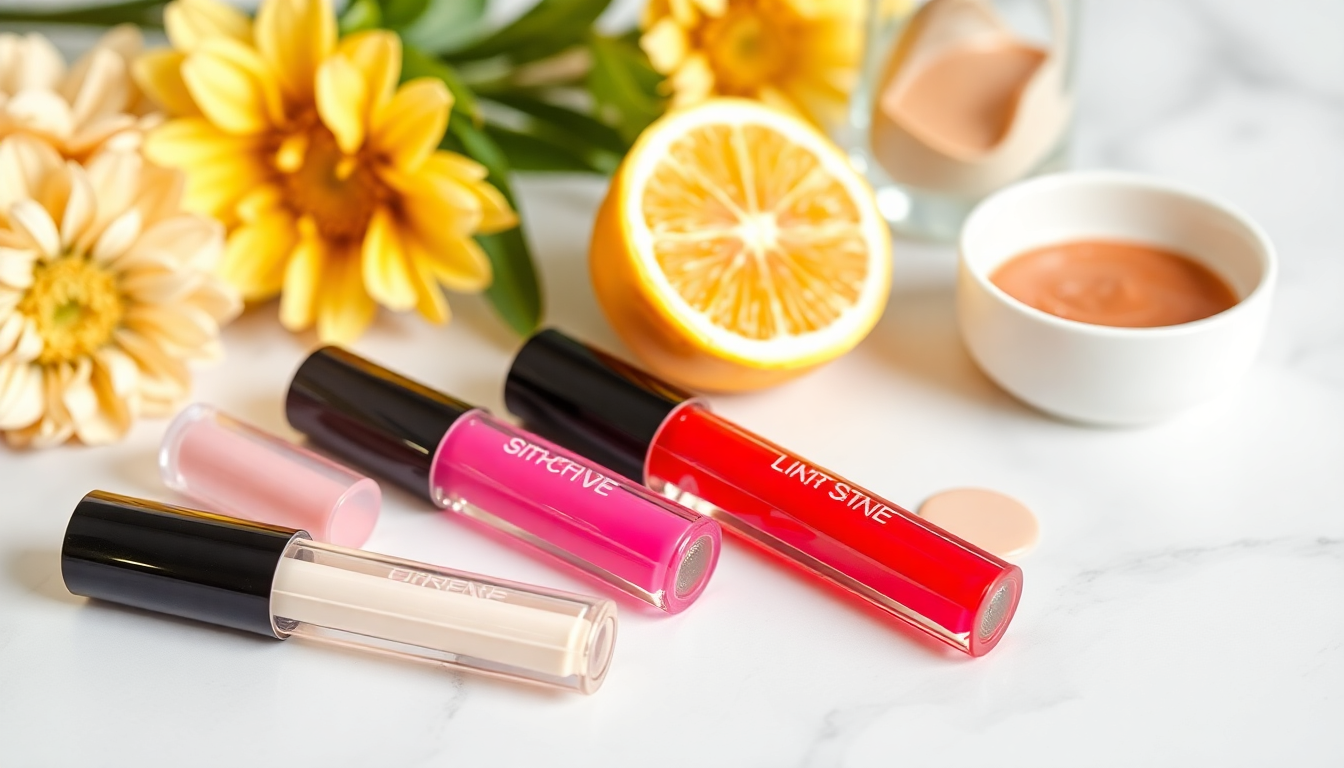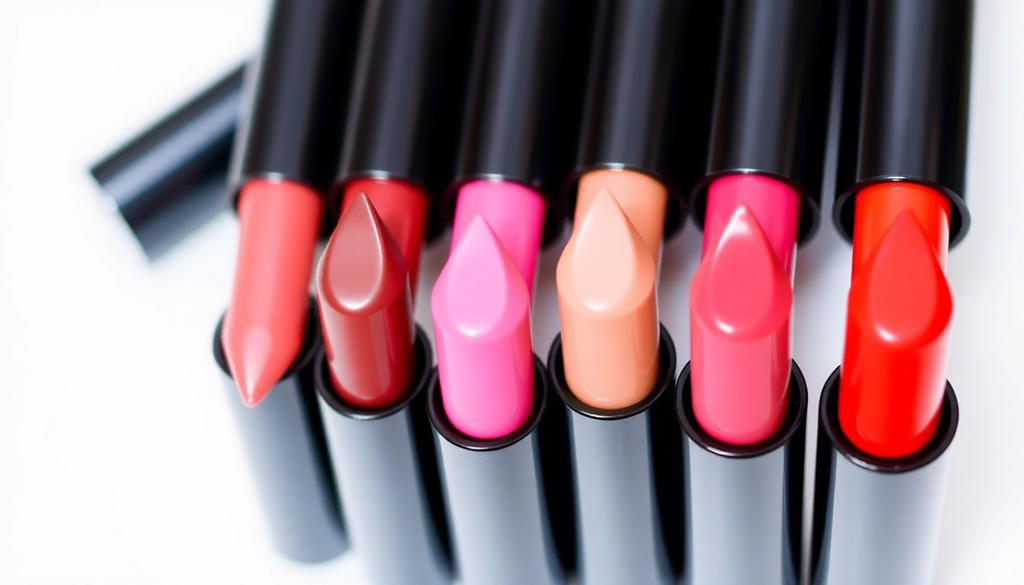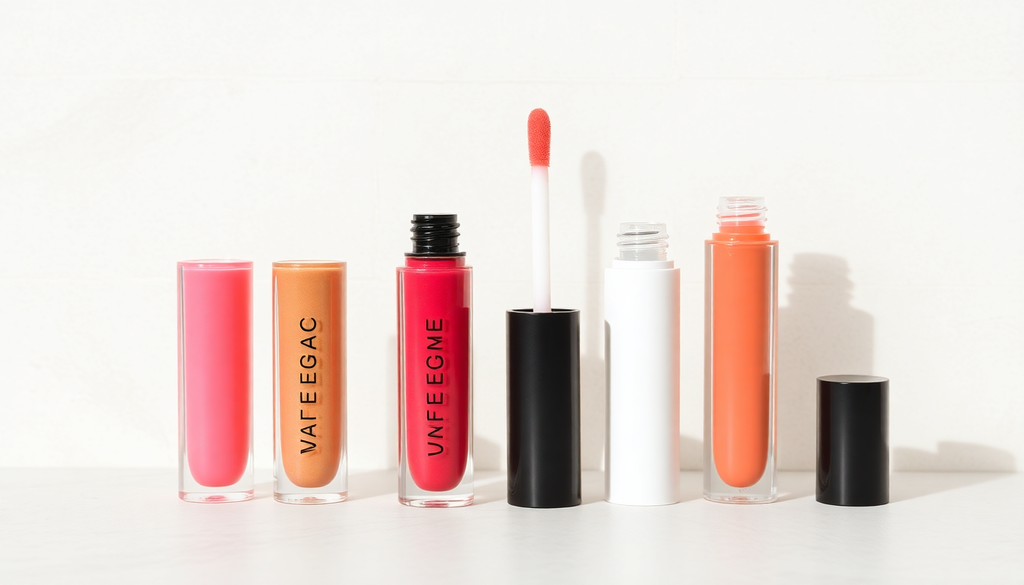
FDA-Ready Private Label Lip Gloss: Stability Testing, Ingredient Limits & Manufacturer Checklist for Low-MOQ Launches
Ultimate Guide to Launching Private Label Lip Gloss Like a Pro
Why Lip Gloss is the Smart 2024–2025 Launchpad (+Verified Trend Data)
Lip gloss remains one of the most accessible, high-return private label categories for new beauty brands. It combines simple tooling with broad consumer appeal and fast product-cycle potential. Key market signals to build your strategy around:
- Glossy finishes grew 27% in Q1 2024 — Source: NPD Group
- Search interest in clean and vegan lip products rose ~35% YoY in 2024 — Source: Statista
- DTC color-cosmetics launches increased ~22% in 2024, with lip products leading SKU growth — Source: Mintel
Picking the right product is like building a capsule wardrobe: start with versatile pieces (clear glaze, neutral tint) and add 1–2 statement shades per season. Top trending shades now: cool-toned nudes and rosy mauves.
Objective & Audience
This guide educates beginner beauty founders on creating an FDA-ready, retail-acceptable private label lip gloss with a focus on low-MOQ launches. If you want to deliver private label lip gloss that meets retailer QA and consumer safety while keeping costs lean, this walkthrough is for you.
Step 1: Regulatory Basics — FDA-Ready Fundamentals
Understand the landscape so you don’t waste time or money:
- U.S. cosmetics: no premarket FDA approval required for most products, BUT products must be safe and properly labeled. Color additives intended for use on lips must be FDA-approved for that use.
- Label must include: ingredient list in INCI order, net quantity, manufacturer/distributor name and address, and any required warnings.
- Maintain documentation: supplier COAs, MSDS/SDS, batch records, and stability/microbiological testing results. These form your internal compliance file.
Tip: Request color additive certificates and heavy metals testing from your pigment supplier. Retailers and marketplaces will ask for documentation.
Step 2: Formula Foundations — Ingredients, Ranges & Vegan Options
Beginner-friendly glosses balance shine, slip, and non-stick feel. Typical composition ranges:
- Emollients (isododecane, caprylic/capric triglyceride): 30–60% — control slip and spread
- Film formers (acrylates, VP/VA copolymer): 1–6% — help wear time and shine
- Thickeners & gelling agents (hydrogenated polyisobutene, silica): 1–8% — create body
- Pigments & pearlescent powders: 0.5–8% depending on opacity
- Preservatives (phenoxyethanol, ethylhexylglycerin): supplier-recommended concentrations — mandatory if water is present
Vegan/cruelty-free must-haves: avoid animal-derived ingredients like carmine and beeswax. Use plant-based waxes (candelilla, rice bran) and synthetic fluoropolymers if you need performance alternatives. Include the keyword vegan lip product on packaging and marketing only if your supply chain and COAs back it up.
Step 3: Stability & Microbiology — The Testing You Cannot Skip
Never skip stability testing! It's the difference between a one-hit launch and a costly recall.
For low-MOQ entrepreneurs, prioritise tests that give maximum actionable info quickly:
- Bench stability (2 weeks): visual, phase separation, color shift, viscosity checks
- Accelerated aging (1–3 months at 40°C + humidity cycles): predicts longer-term issues
- Freeze-thaw & centrifuge: flags separation and pigment settling
- Preservative Efficacy Test / Challenge Test (ISO 11930): mandatory for water-containing glosses and strongly recommended for others
- Microbial limits testing (total aerobic, yeast & mold, Pseudomonas): ensures batch safety
- Real-time stability: 6–12 months ideally for shelf-life claims
Ask labs for pass criteria and include test reports in your product file. This helps with retailer onboarding and provides defense in case of consumer complaints.
Step 4: Packaging Deep Dive — Costs, Sustainability & MOQ Strategies
Packaging choices drive perceived value, MOQ, and COGS. Options and ballpark unit costs at typical low-MOQ levels:
- Budget: stock PE squeeze tubes or clear plastic wand tubes — often < $0.80/unit when you use stock colors and shared runs
- Mid-tier: frosted tubes, custom caps, upgraded doe-foot applicators — $0.80–$1.50/unit
- Premium: glass tubes, metalized caps, custom wands — $1.50+ per unit (tooling and MOQ increase)
Sustainable alternatives (PCR plastics, sugarcane-derived plastics, refillable inserts) are attractive but typically raise MOQ and per-unit cost. For fastest path to market on small budgets, use stocked components, minimal decoration (label/sticker), and delay custom molds until volume justifies them.
Step 5: Color Strategy — Choosing 5 Launch Shades
Draft a starter set with cross-seasonal appeal. Suggested five-shade strategy:
- Clear Top Coat — universal gloss and top seller
- Neutral Nude — Pantone 13-1006 TCX (soft peach/nude)
- Rosy Mauve — Pantone 17-1512 TCX (everyday wearable)
- Warm Coral — summer pop, social media attention
- Sheer Berry with Shimmer — holiday and gifting
Analogy: selecting shades is like building a capsule wardrobe — choose multipurpose neutrals first, then add a seasonal statement piece.
Step 6: Cost Breakdown & Budget Controls
Sample cost model for low-MOQ private label lip gloss (per unit, approximate):
- Basic formulation & raw materials: $0.30–$0.80
- Packaging (stock tube + cap + applicator): $0.40–$1.20
- Filling, QC & labor: $0.15–$0.40
- Testing & certification amortized per batch: $0.05–$0.30
- Labeling, artwork setup: $0.05–$0.20
- Freight, duties, and contingencies: $0.10–$0.40
Typical entry-level COGS: $0.90–$2.00/unit at MOQs between 300–1,000. Upgraded options or premium packaging push COGS to $1.80–$3.50/unit. Always add a 10–20% contingency for tests, reworks and shipping volatility.
Manufacturer Checklist — 5 Critical Questions & Red Flags
Ask these before signing an agreement:
- What QA testing is included with your low-MOQ runs? Request sample QC reports.
- Can you perform preservative efficacy (challenge) tests and provide full reports?
- What are lead times for samples, first production, and re-orders? Get timelines in writing.
- Do you supply COAs, MSDS/SDS and supporting supplier documentation for pigments and preservatives?
- What are your batch traceability and recall procedures? Confirm insurance limits.
Red flags to avoid:
- Vague testing claims with no lab certificates
- Supplier refuses to provide COAs or raw material specs
- Unclear MOQ benefits that seem too good to be true without quality guarantees
Manufacturer's Corner: Timeline, Sample Process & How We Help
Typical low-MOQ development timeline (practical example):
- Week 1: Discovery call — product goals, budget, target shades, packaging preferences
- Week 2–3: Formula options & sample selection — 2–4 formula samples
- Week 4: Packaging samples and artwork proofs
- Week 5–8: Small pilot run & initial QC (bench and accelerated checks)
- Week 9–12: Challenge test results and final tweak
- Week 12+: Production run, labeling, and shipping
What we provide for low-MOQ founders who choose our custom cosmetics services:
- Starter formula templates optimized for non-stick shine and layering
- In-house accelerated stability and challenge-testing partners to keep costs down
- Packaging sourcing with MOQ-friendly options and sustainable upgrades
- Documentation packages (COAs, QC reports) to support retailer onboarding
Actionable Multi-Checklists (Use These Templates)
Checklist 1 — Formula Readiness
- Confirm INCI list and supplier COAs for all raw materials
- Complete bench stability, accelerated aging, and freeze-thaw
- Run preservative efficacy (challenge) test if formula contains water
- Document pH, viscosity, and visual acceptance criteria
Checklist 2 — Packaging & Production
- Select stock packaging to lower MOQ and tooling costs
- Approve artwork, color-matching, and label proofs
- Run package compatibility testing (migration, staining of tube contents)
- Confirm filling tolerances and batch release QC steps
Checklist 3 — Pre-Launch QA & Compliance
- Collect MSDS/SDS, COAs, and pigment approvals for every SKU
- Compile test reports: stability, challenge test, microbial limits
- Create internal product file with batch records, labeling proofs and claims verification
- Plan for post-launch QA sampling and consumer feedback loop
Checklist 4 — Manufacturer Vetting
- Request sample QC, inspection reports and capacity commitments
- Confirm insurance, recall procedure and liability limits
- Ask for references from similar small-batch customers
- Negotiate payment terms and pilot-run pricing
Final Reminders & Key Takeaways
- Never skip stability testing! It protects consumers and your brand reputation and is often required by retailers.
- Use stock packaging and stock formulas to reduce MOQ pressure until you validate demand.
- Demand documentation: COAs, MSDS/SDS, and challenge-test reports before signing a PO.
Launching a retail-ready private label lip gloss is entirely feasible with low MOQs if you follow a rigorous testing path, choose pragmatic packaging, and select a manufacturing partner who understands early-stage economics. Think of your first collection as a minimum lovable product — deliver excellent performance, clear claims (like "vegan lip product" only when documented), and airtight QA documentation.
Ready to formulate? Request our lip gloss starter kit, sample formulas, and the full manufacturer checklist at [CONTACT PAGE].


